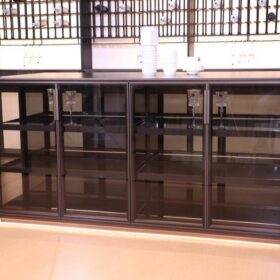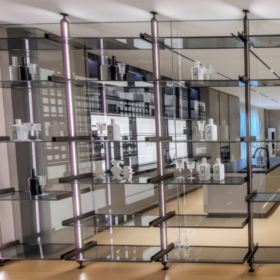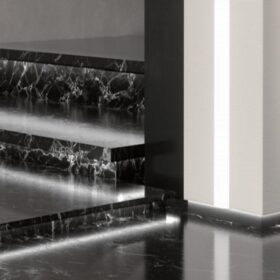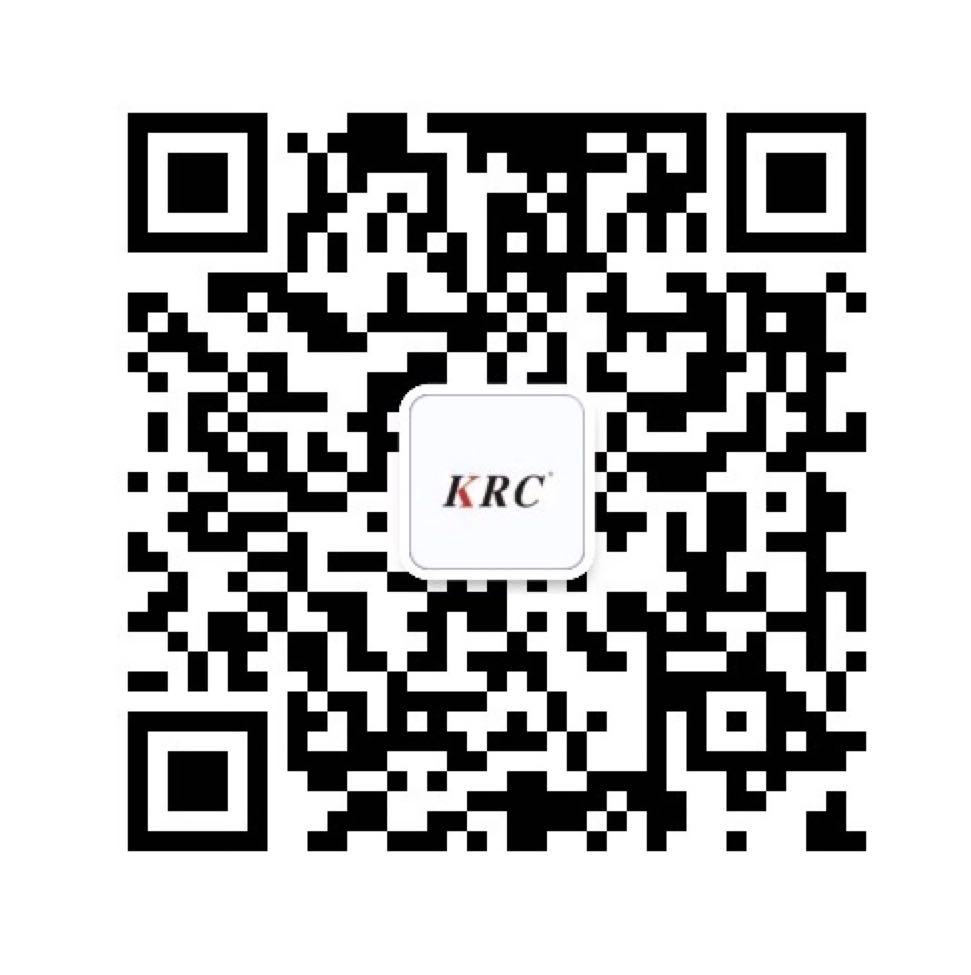Safety Standards and Regulations for Modern Pull Handles
Modern Pull Handles: Advancing Safety and Functionality
In the labyrinthine corridors of modern architecture, where aesthetics and safety intertwine, pull handles emerge as the gatekeepers of seamless navigation. These seemingly innocuous fixtures play a pivotal role in ensuring the well-being of building occupants.
Regulatory Imperatives
To mitigate the risk of accidents and injuries, stringent standards and regulations govern the design and installation of pull handles. Prominent among these is the American with Disabilities Act (ADA), which sets forth accessibility requirements for buildings and public spaces. ADA-compliant handles must meet specific dimensions, shape, and force requirements to facilitate use by individuals with disabilities.
International standards like ISO 14224 and EN 1906 also play a significant role in shaping the safety landscape. These regulations address aspects such as handle grip diameter, strength, and resistance to wear and corrosion. By adhering to these standards, manufacturers ensure that pull handles provide a reliable and safe means of opening and closing doors.
Ergonomic Considerations
Beyond regulatory compliance, modern pull handles are engineered with ergonomics in mind. Their shape and texture must conform to the natural curvature of the hand, reducing fatigue and improving comfort during use. For high-traffic areas, designers favor handles with anti-slip surfaces and self-closing mechanisms to prevent unintentional opening or slamming.
Moreover, pull handles serve as an integral part of the interior design scheme. They can enhance the aesthetic appeal of a space by complementing the door style and architectural accents. By combining functionality and style, modern pull handles elevate the user experience and contribute to a harmonious and visually pleasing environment.
Technological Advancements
The advent of innovative materials and technologies has further revolutionized pull handle design. Antimicrobial handles, for example, provide an added layer of protection against the spread of germs, making them ideal for hospitals and other healthcare facilities. Handles with integrated LED illumination enhance visibility in low-light conditions, ensuring safety even in dimly lit environments.
Conclusion
Safety Standards and Regulations for Modern Pull Handles are paramount to ensuring the well-being of building occupants. By adhering to these standards, architects and builders can create accessible, comfortable, and stylish spaces that prioritize safety without compromising functionality. As technology continues to evolve, we can expect innovative pull handles to emerge, further enhancing the safety and user experience in modern architecture.
-
2024-11-29Top Trends in Modern Kitchen Cabinet Pulls for 2024
-
2024-11-28The Ultimate Guide to Modern Kitchen Cabinet Pulls- Materials, Styles, and Tips
-
2024-11-27Elevate Your Kitchen Design with These Must-Have Modern Cabinet Pulls
-
2024-11-26Sleek and Stylish- The Best Modern Kitchen Cabinet Pulls for a Contemporary Look










